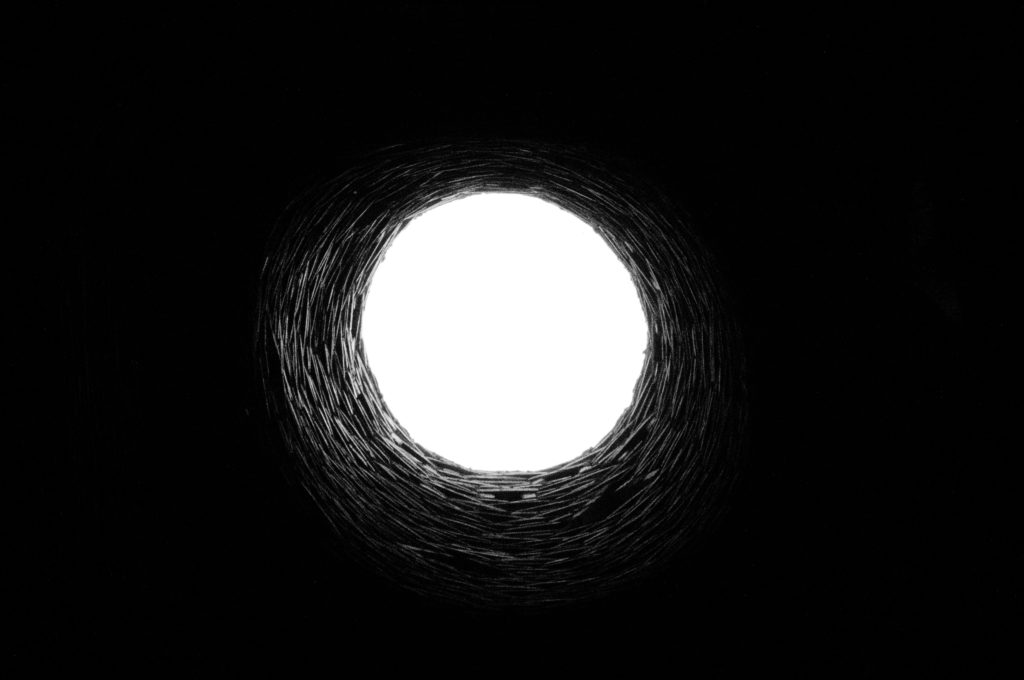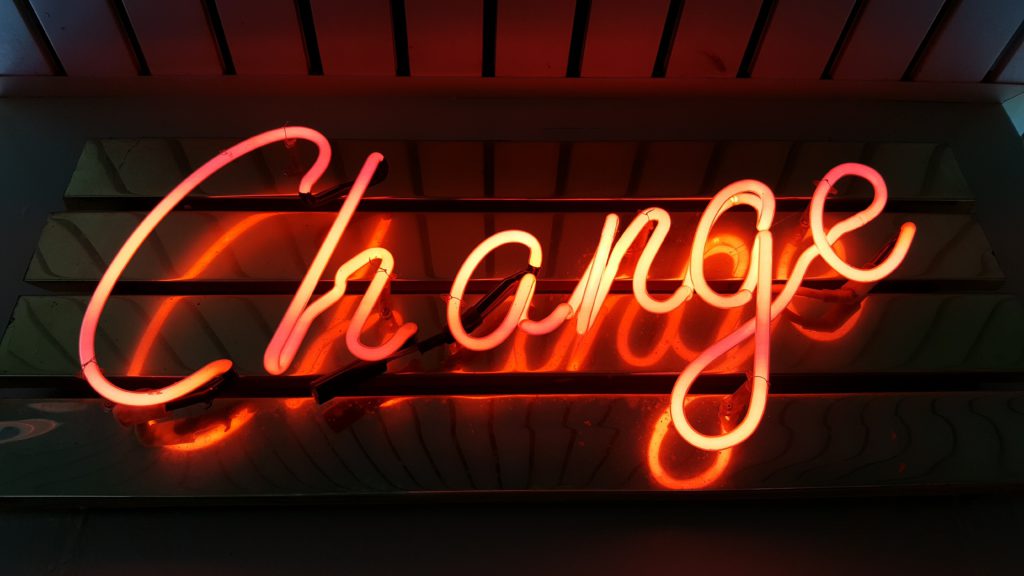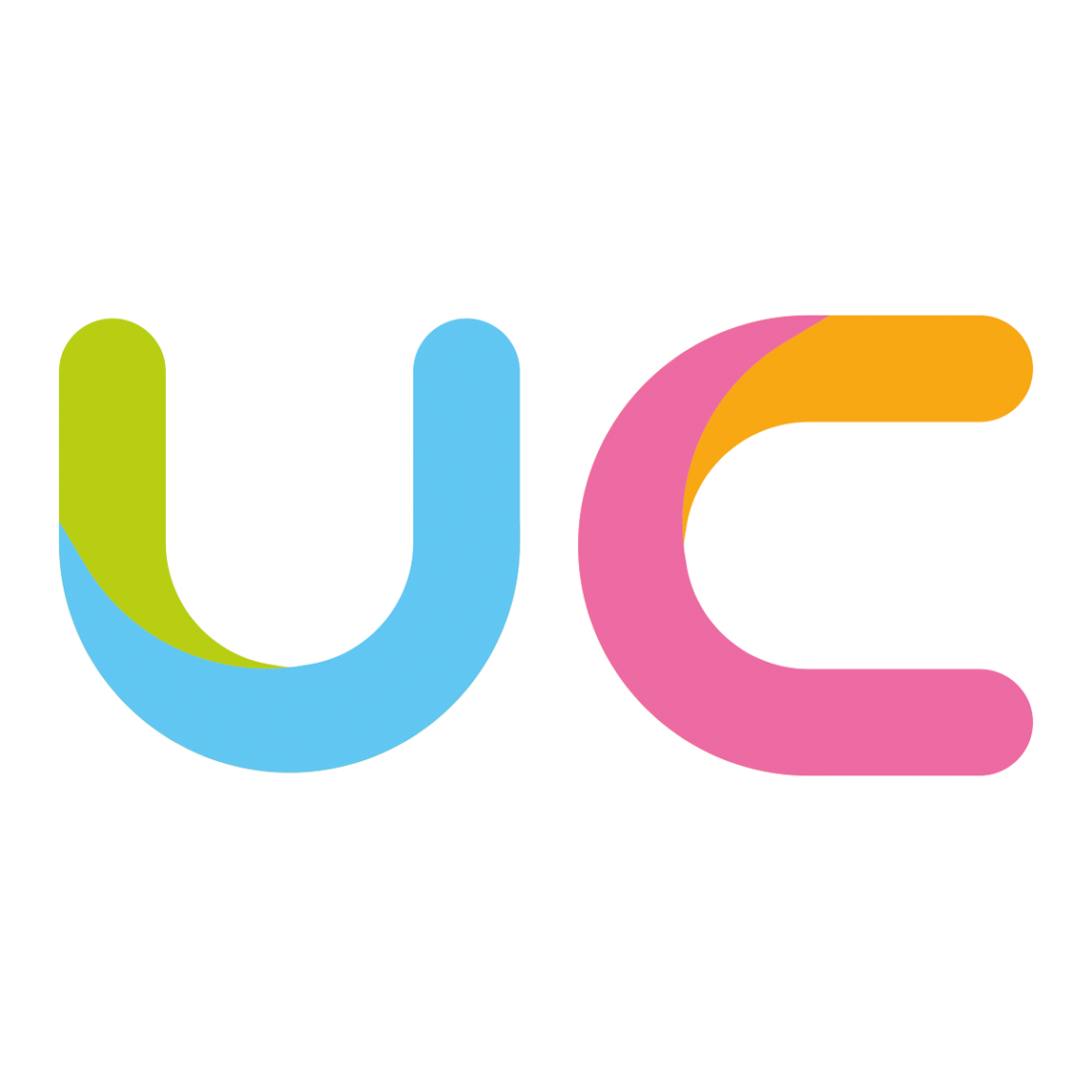Bookmarks are dead. I suspect you knew this, and perhaps hoped something magical would happen to breath new life into that venerable store of digital keepsakes, but that’s not going to happen — and it’s the concept itself that’s the cause of the death.
Everyone does research, be it: mapping the geopolitical machinations of a major corporation; the anthropological and linguistical studies of isolated humans living in the Amazon during the era of the COVID-19 pandemic; an investigation of political corruption in post-Soviet era Eastern Europe; blockbuster movies of the 1980s; a complex risk analysis; or comparing thong, sandal, and slip-on flip-flops for our next trip to the Mediterranean.
But doing research is more than shoving bookmarks into folders, adding a bunch of tags to notes, or a combination of the two. Anyone working on large projects, or doing complex research (like a journalist, a student, or a scientist) knows that bookmarks have their limitations.
First, let’s remind ourselves what a bookmark is with a few salient facts:
- A bookmark is a reference to a specific web page that’s comprised of a title, URL, and a favicon. Once saved, a bookmark allows us access to our favourite web pages without having to type the URL.
- Bookmarking has been around in web browsers since the Mosaic browser launched in 1993.
A reference, or shortcut, to an entire web page was relevant in the 90s at the dawn of the World Wide Web (web browsers, like Microsoft Internet Explorer, gave us the option to save the entire page along with the graphics, such was the problem with low bandwidth connections via modem), but I feel we’ve moved on from that — often, what we need is something in the page, not the page itself.
So let’s look at the major problems with and the act of saving bookmarks, beginning with how we interact with them.
In spite of their seeming importance, the bookmarks themselves are often hidden in menus and drawers, like odd socks or once much-loved underwear with holes in them — we sort of think they’ll be useful at some point but have instead become neglected, and then when we seek them out we’re overwhelmed by their oddness and sheer number.
Often, bookmarks are accessed via a nested dropdown menu, and in terms of the user experience, or the UX:
… nested dropdown menus, and similar kinds of navigation are lazy design; they force the user to do a lot of reading, clicking, and hunting to find what they need. They require the user to read and understand the entire information hierarchy rather than simply offering a starting point. Worse, interacting with these kinds of controls is frustrating: nested dropdown menus often closed unexpectedly, forcing users to re-navigate the maze of menus, and accordion navs often have links that move because of expanding and collapsing, which can cause users to lose track of what they clicked.
A dropdown menu, in and of itself, isn’t that bad when it’s a manageable number of items, but when we throw bookmarking at it…
We save bookmarks with the best intentions, but the concept is so flawed, we get snarled up in its failings. Think of the web pages we choose to bookmark and it’s at that moment we get hung up on where we need to save it:
Uh… which folder, then? Is it social, economics, or socioeconomics?
While this appears to be a trivial amount of time it’s an additive flaw that accumulates. If you’re a journalist or a student working to a tight schedule, time is precious.

This is what I refer to the organisational tax, and bookmarking comes at a steep price. When we do things, such as save bookmarks, or write notes in our favourite note taking software, we’re confronted with a discrete cost, disguised as as a cluster of questions:
Do I save it with Note X or Note Y?
Should I add a comment?
What about using this title or that?
Or, worse:
Nah, I’ll leave it in this tab!
It’s a price often paid afterwards, once we return to that note or bookmark 6 month hence, struggling — as we often do — to find that note or bookmark, and assuming we do, we have to ask ourselves:
Why did I save this again?
Oh, and what was the context?
Gone.
Once saved, more often than not, we’ve forgotten that we saved it and we move on. On those rare occasions we do remember:
- first, we have to find the damned bookmark, one among dozens and sometimes hundreds, including duplicates but with different titles;
- if we do find it, there’s a non-zero chance the original web page is gone (a 404 “Page not Found!” error);
- or if the page is there, the chart, graphic, citation, or paragraph of text we needed is gone because the page has been edited into uselessness.
In short, it’s a terrible experience.
When we examine the reading experience, bookmarking is silent on the subject: if it’s some part of the page we need, we must first navigate to it; and assuming it’s the page itself, the extraneous elements in the page distract from the reading experience.
Alternatives to bookmarking involve saving the important parts of the web page, such as the text and graphics, which is a major step forward and does in part fix the reading experience, but where’s the original context (the reason we saved the web page in the first place, among other things), and how does this fit into the flow of things (the place within a task or project)?
Some forgo bookmarks and use tabs instead … dozens of them, devouring valuable resources on our desktops, laptops, and mobile devices.
We save bookmarks with the intention of using them at some point, and that intention is the crucial part because intention often begets the intermediate goal of integrating that data or information with some task or project.
So let’s give a warm round of applause for bookmarks and bookmarking. Please, someone open the door. Shake its hand, and bid it a fond goodbye.
For the same amount of time it takes to save a web page as a bookmark, or a fraction of the cost of neglecting a web page that’s been consigned to a tab, we have an alternative in the Under Cloud that takes this benign neglect and confusion, and transforms it into narratives of our learning experiences.

With the Under Cloud, journalists and students connect their notes to important web pages, updates on Twitter, and videos from YouTube, capturing events in real time.
Yes, bookmarks and bookmarking is dead, but the future of doing research with a purpose is more alive than anyone could imagine.



